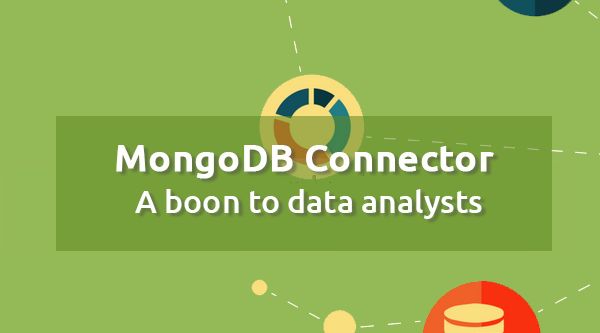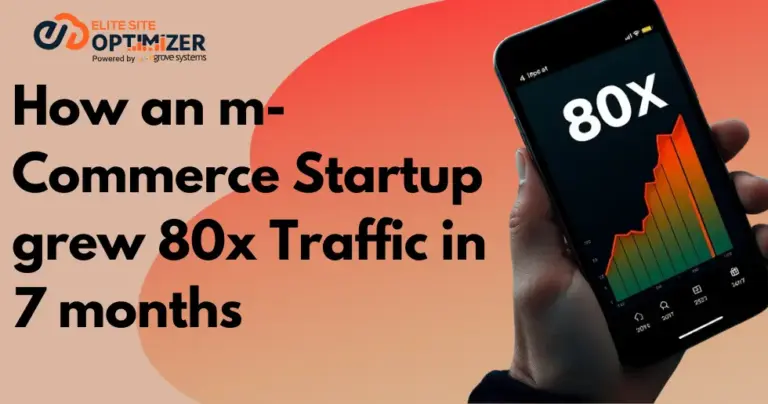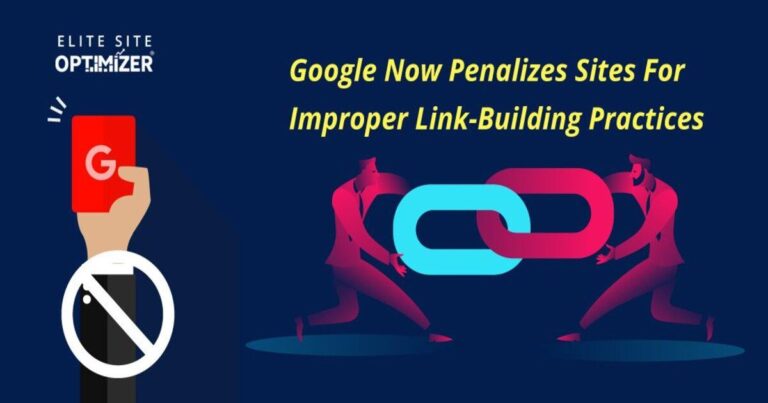What is Tableau?
We absorb information better when it is visually appealing. Noticeably, Tableau, a frontrunner in the data visualization space, takes complete charge of this aspect.
Some of its advantages include:
Data Visualization Widgets:
This tool has unparalleled potential in generating ad-hoc charts, graphs and maps. Represent the most complicated data, the simplest way with the help of these widgets. Tableau owns a plethora of intellectual widgets. These widgets contribute towards its brilliance in generating exhaustive reports.

SEO BI Dashboard
Data Architecture:
The Tableau server is capable of maintaining live connections with databases. Now, this is done by adjusting its speed on par with the speed of the data connection. Besides that, it has the in-built potential to take snapshots of databases to physically host it on the Tableau platform.
Embedded Analytics:
The Tableau environment accommodates embedding comprehensive dashboards on the organization’s existing portals. Furthermore, Tableau supports an in-built sharing capability. Hence, you are shared with HTML snippets that can be used to place the Tableau server views on the web pages and portals of the organization.
User-Friendly Interface:
Tableau is equipped with out-of-the-box search. Now explore and enjoy impressive dashboards. These articulative dashboards cater to your needs from varying cognizance levels. Nevetheless, it is extremely simple and easy to navigate around this interface. Importantly, this helps non-tech users to feel absolutely comfortable in handling its intuitive control features and acquire critical data effortlessly.
Content and Data Updates:
Use this tool to schedule regular data updates. As a benefit, enjoy seamless data even when there is a connection failure. The user will receive emails regarding content alerts at planned intervals.
Scalability, Security and Mobility:
Tableau flexes with the need of growth in any organization. Next-gen administrative capabilities and flexible content management makes this tool incomparably scalable. Include user permissions and authentication at different levels of access along with specific access for dashboards and reports. Now leverage this aspect to make your whole system more secure. Dashboards in this tool are mobile friendly. Further than that, you do not require additional configuration to make it accessible effortlessly over mobiles.
All about mongodb:
mongodb is an open source database. Apparently, it is a culmination of the best relational databases and pioneering NoSQL document oriented model.
Few of its Features Include:
Demonstrative query language and secondary indexes:
This database allows the manipulation of data in a future-ready manner.
Consistency:
A feature includes accessing replicas of data. The user may also access the closest copy of data if latency makes a difference. Significantly, this attribute plays a cardinal role when handling data for larger enterprises as it helps in monitoring data and changes made on it in a sequential manner.
Flexibility:
Accommodate different types of data format which is a quintessential for the present day competitive scenario with the help of this data base.
Efficient management and integration:
Integrate mongodb seamlessly and accesses it with critical enterprise systems. Operate with this synchronized data across the organization which is highly secure, can be easily managed and tracked.
The mongodb Connector:

Process-Flow
This connector allows the user to visualize and access JSON data structures without transforming its native type and ETL. Connect your BI tools with this mongodb connector and translate SQL queries into MongoDB queries. Subsequently send the mongodb query to the BI tool. The connector uses a data wrapper named PostgreSQL which does not store any data. This connector acts as a mediator between Tableau and mongodb.
This competent amalgamation of mongodb and Tableau helps organizations to process data-rich JSON structures in MongoDB. This connector creates a relational view of the JSON data structure. The SQL statement is then converted into a MongoDB aggregation pipeline query or a straight find operation.
Wrap up:
With the complexity of data increasing in multiple folds, this mongodb connector is a boon to data analysts for obtaining exhaustive and intuitive insights critical to accelerate business & success.






